The Trace Evidence Section of the Rhode Island State Crime Laboratory examines a wide range of evidence. Therefore, the trace evidence examiners must be proficient in several different techniques. In most cases, they examine evidence to determine whether it can be associated to a known source. Trace evidence examiners also assist with evidence collection when requested by local police or fire departments. Evidence examined in the Trace Evidence Section includes:
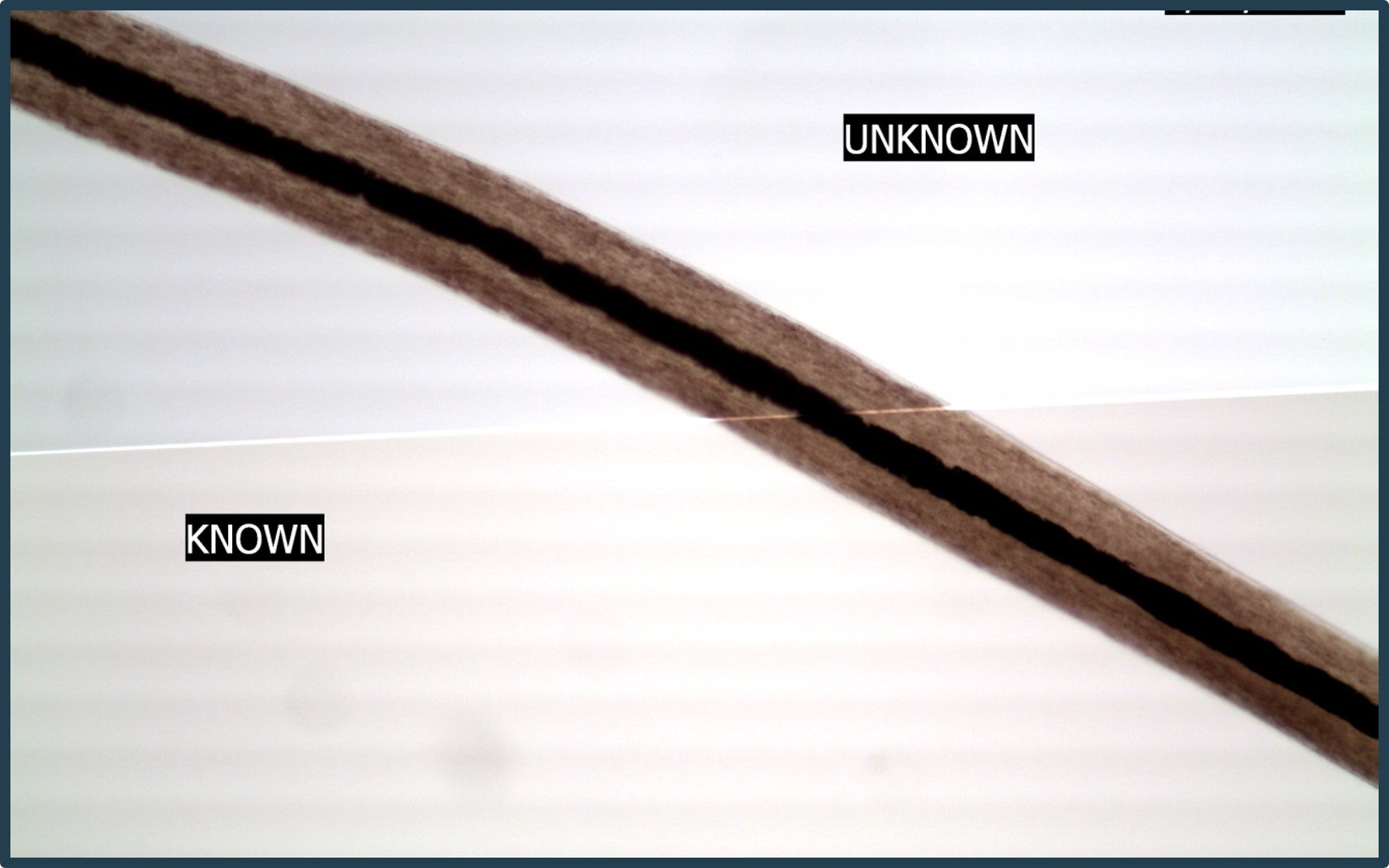
Hairs
Head hairs are naturally shed and are very durable. Because of this, there is ample opportunity for the transfer of this material onto another person, object or surface at a crime scene. Gross and microscopic class characteristics are examined and compared
between the unknown and known hairs submitted, which may help link a person to a crime scene, object or another person. Hair comparisons, however, are not a positive means of identification and not all hair
examination requests have known hairs submitted. Therefore, it is also fruitful to request a hair screening examination to determine if the hairs submitted are human and if the hairs are viable for further examination by the Forensic Biology Laboratory.
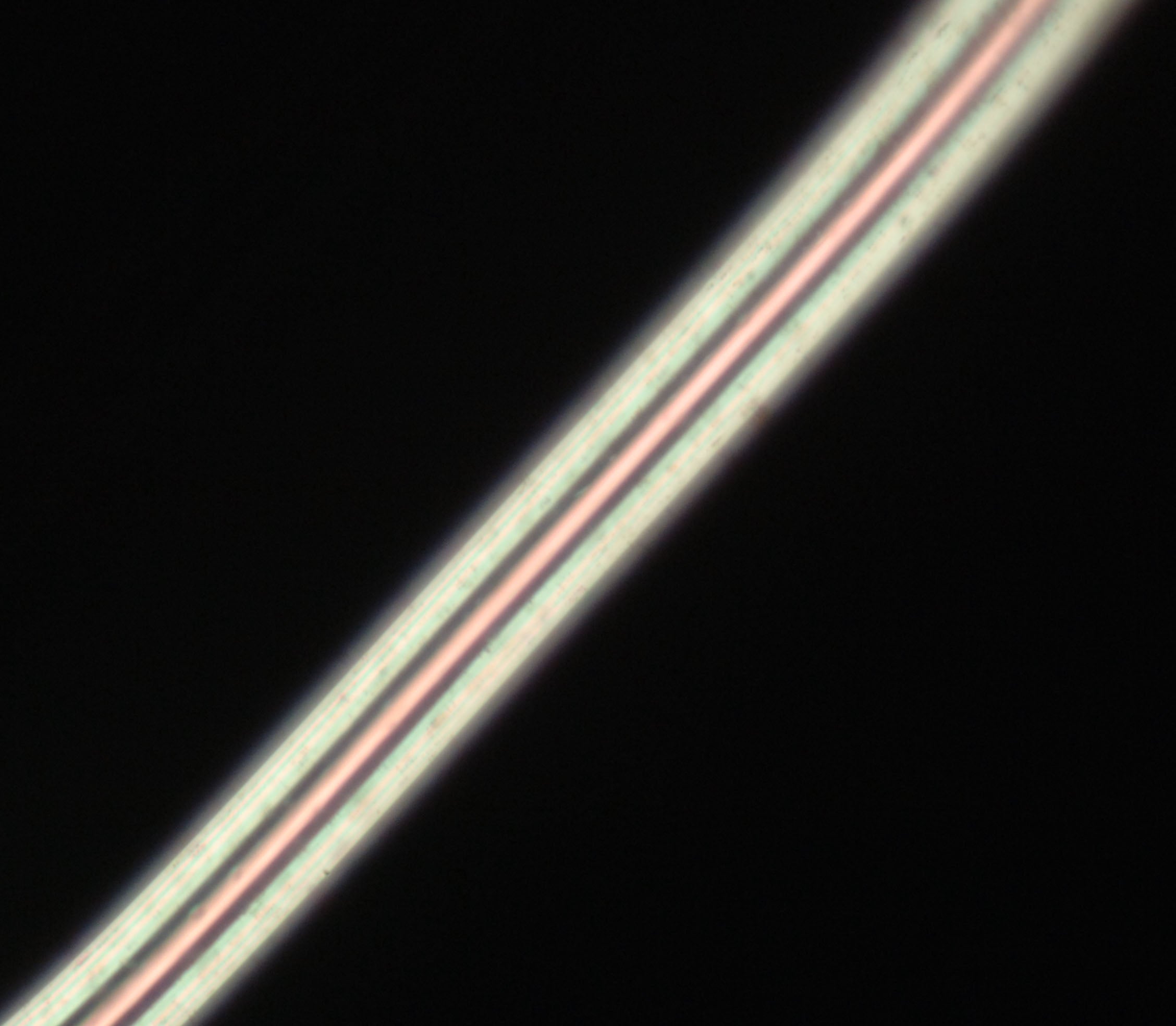
Fibers and Fabric
Fibers may be transferred in a variety of ways. Carpet fibers may be transferred to shoes as an individual walks across it or fibers from clothing may be transferred onto a vehicle when it strikes a pedestrian. Fibers may be compared using a comparison microscope. Additionally, fibers may be examined in a variety of ways, including using a PLM (Polarized Light Microscope) to help determine a possible fiber type, chemically using a FTIR (Fourier Transform Infrared Spectrophotometer) and some fiber dyes maybe be examined using a MSP (Microspectrophotometer). Fabrics may also be examined to determine if damage present was caused by cutting, tearing or normal wear.
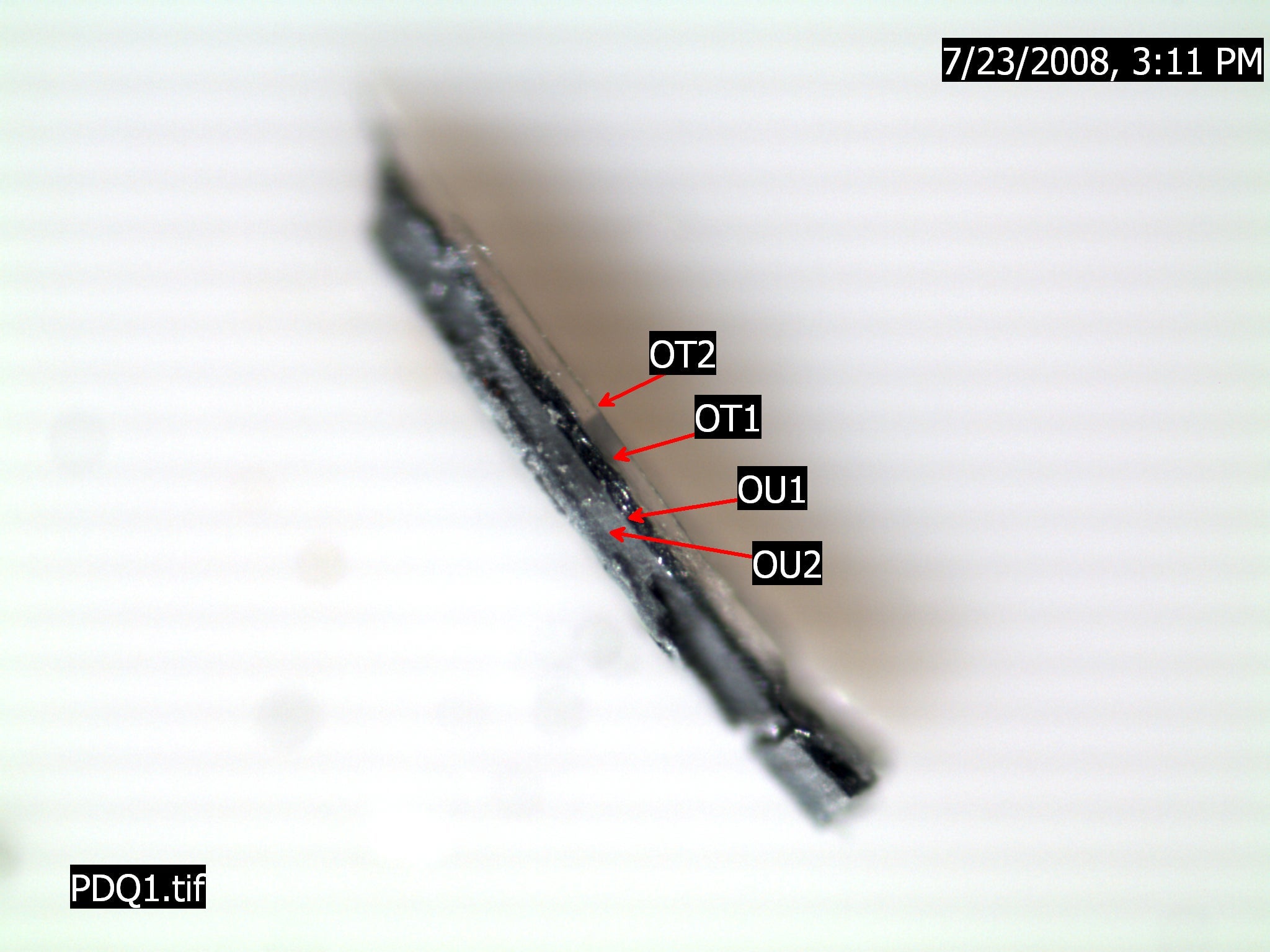
Paint
Paint can be transferred in many different ways. Paint can be transferred from one vehicle to another during a hit and run or onto a tool used to pry open a door. Microscopic examination and instrumental analysis using the FTIR (Fourier Transform Infrared Spectrophotometer) can help determine the type of paint (architectural vs vehicular) found at a scene and be used to conduct comparisons between known and unknown sources.

Impressions
Impressions can be made by footwear, tires, fabric, and tools. Unknown impressions can be examined to determine relevant manufacturer information, and comparisons to known sources can be conducted. If enough randomly acquired characteristics are present in an unknown impression, it can be identified to a specific source.

Gunshot Residue (GSR)
Scanning electron microscopy stubs are examined for the presence of primer gunshot residue which can be produced from the primer of a cartridge as a gun is discharged. Examiners use the SEM/EDS (Scanning Electron Microscope/Energy Dispersive X-ray Spectrometer) to detect microscopic particles characteristic of or consistent with primer gunshot residue.
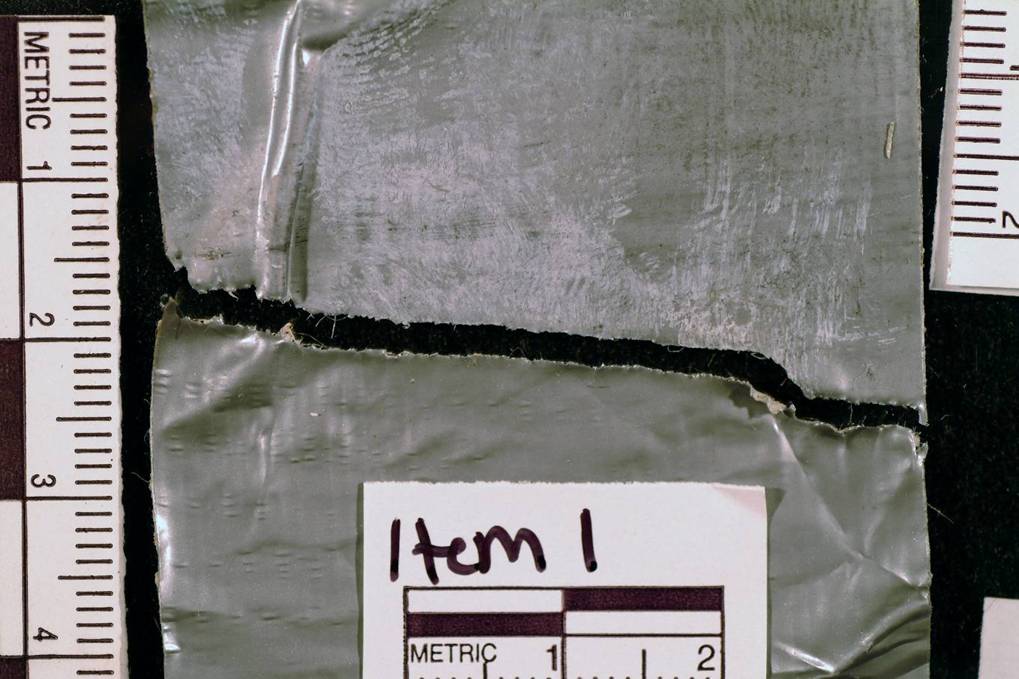
Physical Fit
When an object is broken, torn, or cut, unique and irregular features along their fractured edges may be formed. By examining those edges macroscopically and microscopically, the edges may be fit back together like a puzzle piece. If the edges can be fit back together, it can be said that they were at one time a single object. Plastics, tapes, fabrics, and glass are just a few of the many types of evidence where a physical fit can be achieved.
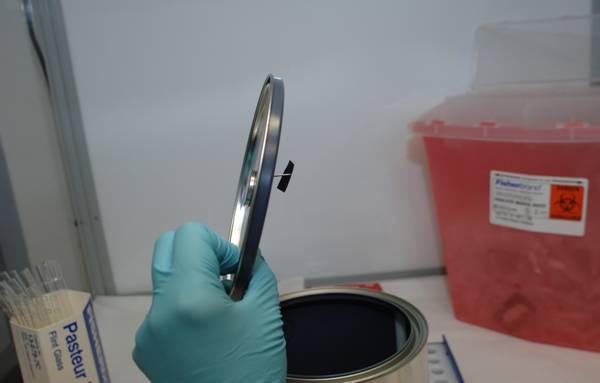
Fire Debris
When a suspicious fire occurs, specially trained investigators will examine the scene. If they suspect that an ignitable liquid may have been used, evidence is collected and brought to the lab. Instrumental analysis using a GC/MS (Gas Chromatography/Mass Spectroscopy) is used to determine the presence or absence of petroleum products and non-petroleum based ignitable liquids.
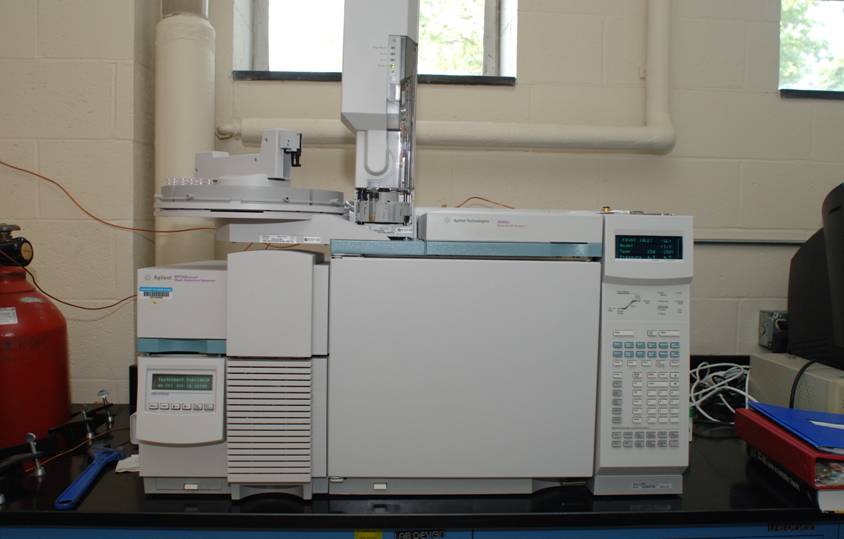
Equipment
The Trace Evidence Section uses many types of equipment to analyze evidence including a Stereomicroscope, Polarized Light Microscope (PLM), Comparison Microscope, Alternant Light Source (ALS), Fourier Transform Infrared Spectrophotometer (FTIR), Scanning Electron Microscopy/Energy Dispersive X-ray Spectrometer (SEM/EDS), Microspectrophotometer (MSP) and Gas Chromatography/Mass Spectroscopy (GC/MS).
